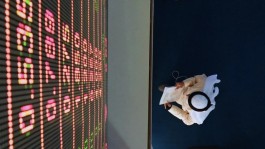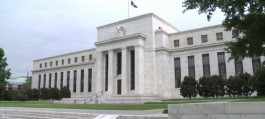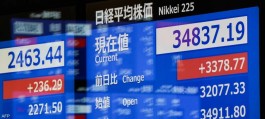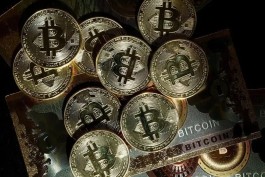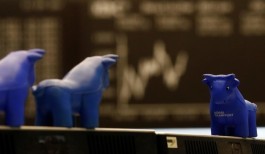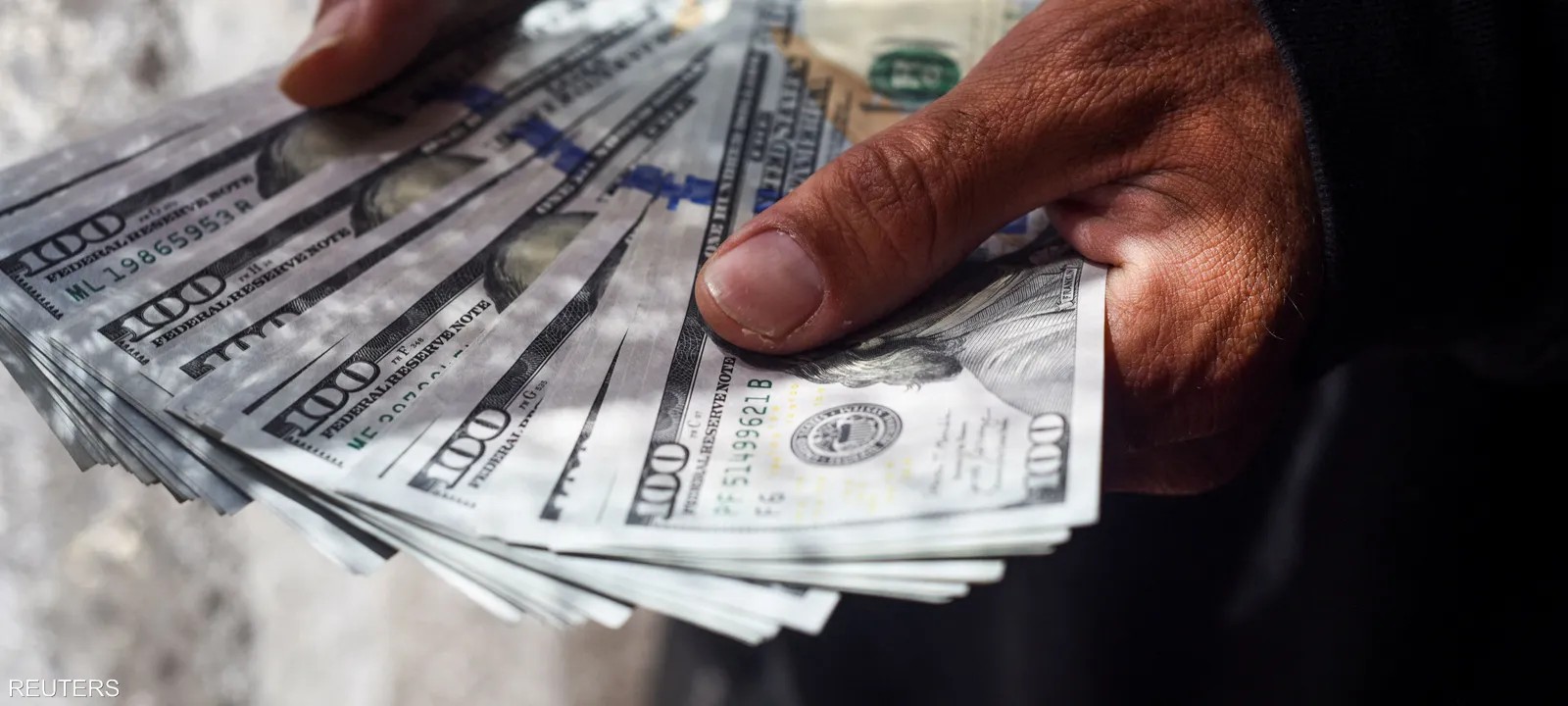The dollar hit a five-month high against major currencies on Tuesday after U.S. retail sales beat expectations, raising concerns about intervention by Japanese authorities as the yen fell to its lowest level since 1990.
The yuan steadied after touching its lowest since November in early Asian trade after China's first-quarter gross domestic product data beat expectations, a boost for policymakers trying to shore up confidence in the face of a protracted property crisis.
In the United States, retail sales increased 0.7 percent last month, compared with a 0.3 percent rise forecast by economists polled by Reuters. Data for February was also revised higher to show sales rebounding 0.9 percent, the biggest gain in just over a year, instead of the previously reported 0.6 percent.
The latest data raised further questions about when the Federal Reserve might start cutting interest rates, after strong employment gains in March and higher consumer price inflation.
Markets now see a 41 percent chance the Fed will cut rates in July, up from about 50 percent before the data, according to the CME Group’s FedWatch tool. The odds of a first cut in September have risen to nearly 46 percent.
“I don’t see any chance of a July rate hike, assuming we’re all looking at the same data,” said Matt Simpson, chief market analyst at City Index. “Added to the mix of safe-haven flows from Middle East headlines and a clear pullback in Fed cut bets, the US dollar was once again the strongest major currency on Monday.”
Confirming market bets, San Francisco Federal Reserve President Mary Daly said late Monday that there was no urgent need to cut U.S. interest rates.
The dollar index touched 106.37 points on Tuesday, its highest level since November 2.
The Japanese yen weakened amid the continued strength of the dollar and the large difference in interest rates between the two countries, exceeding 154 yen to fall to a new low, the lowest in 34 years against the dollar, on Monday.
Traders are awaiting any signs of Japanese authorities intervening to buy the yen.
Japanese Finance Minister Shunichi Suzuki said Tuesday he was closely monitoring the currency's movements and would take a comprehensive response as needed after the dollar's rise.
The yen was last trading around 154.40 per dollar, not far from the new resistance level of 155.
The offshore yuan fell to 7.2831 per dollar, its lowest since Nov. 14, but rose after official data showed China's economy grew 5.3 percent in the first quarter from a year earlier, beating analysts' expectations by a wide margin.
But retail sales in China came in below expectations, a worrying sign for consumer confidence and a reflection of the uneven economic recovery.
Meanwhile, the euro fell to $1.06070, its lowest level since Nov. 2, extending its slide after the European Central Bank last week left the door open to cutting interest rates in June.
The Australian dollar also fell to a new low against the greenback on Tuesday, falling to its lowest since November 14 at $0.64085.
The New Zealand dollar fell to a five-month low of $0.58815.
In cryptocurrencies, Bitcoin fell 0.26 percent in the latest trading to $62,978.00.

















